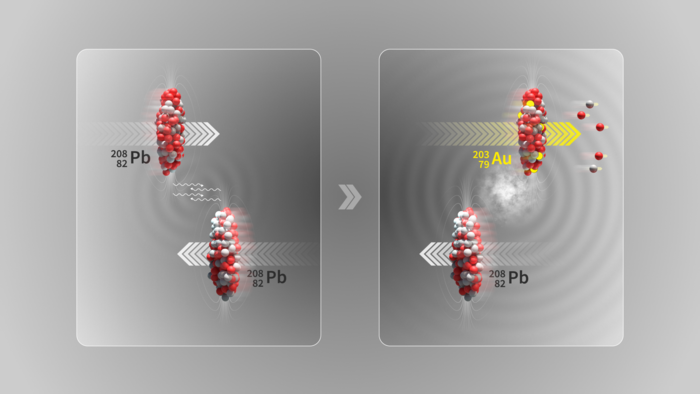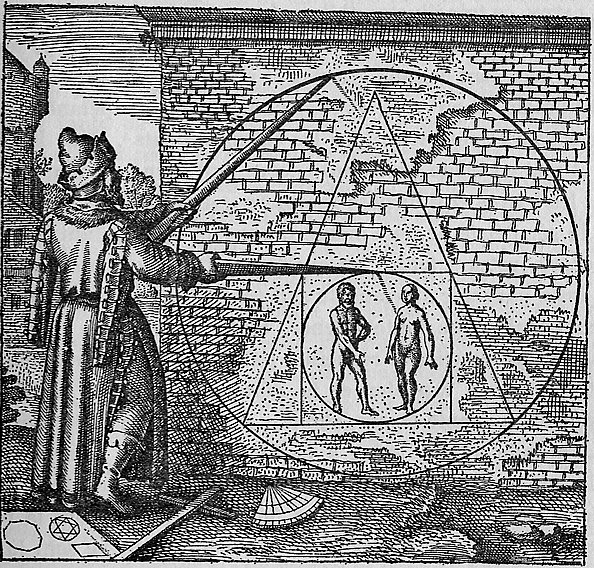GENEVA – In some of the earliest alchemical texts, the idea of transforming substances is clearly described. In ancient Egypt, the word “Khemia” originally referred to the dark, fertile soil of the Nile. Over time, this term gave rise to the word “alchemy” and, of course, chemistry. One of the foundational texts is the Emerald Tablet, attributed to the sage Hermes Trismegistus. This mysterious and magical document contains some of the oldest known references to the transformation of metals and the union of opposites, ideas that later became central to the concept of the Philosopher’s Stone.
The Philosopher’s Stone is one of the most famous symbols in the history of alchemy. Alchemists like Paracelsus and Nicholas Flamel wrote about it as both a physical substance and a spiritual principle, representing the union of opposites and the harmony of the cosmos. For many, the Philosopher’s Stone was a metaphor for spiritual enlightenment and the purification of the soul, symbolizing personal transformation and the attainment of divine wisdom. However, for others, it represented the key to achieving the Great Work (Magnum Opus), the ultimate goal of alchemy, transforming base metals like lead into pure gold, and to grant the user immortality by producing the Elixir of Life.
The process of transforming base metals into gold is known as chrysopoeia, a term derived from the Greek words “χρυσός” (gold) and “ποίησις” (making). This idea captured the imaginations of alchemists for centuries, inspiring countless experiments and mystical writings.
On Friday, May 8, 2025, the physicists at CERN’s Large Hadron Collider (LHC) have managed to achieve at least the first part of the Great Work: transmuting lead into gold. They are even referring to it as alchemy.

Illustration of two lead ions interacting and becoming gold (Image: CERN).
The transformation occurred when high-energy lead ions collided at the LHC, resulting in the creation of gold nuclei for a fraction of a second. Although this process is far from the centuries-old dream of turning lead into pure, stable gold, it offers significant scientific value by providing insights into the behavior of particles under extreme conditions.
The research was reported in the journal Physical Review C under the title (we are not making this up), “Proton emission in ultraperipheral Pb-Pb collisions at √𝑠𝑁𝑁=5.02 TeV.”
According to the researchers, the process is extremely rare and challenging to produce, requiring incredibly high energy and specific conditions. Unlike the mythical Philosopher’s Stone, this method doesn’t guarantee gold as the only product. The same experiment also produced other elements like thallium and mercury, which appeared in much greater quantities than gold.
The scientists used the ALICE (A Large Ion Collider Experiment) detector at CERN to count the protons and neutrons ejected from the lead nuclei during these collisions. This data allowed them to track the production of these elements. ALICE spokesperson Marco Van Leeuwen commented on the achievement, saying, “It is impressive to see that our detectors can handle head-on collisions producing thousands of particles, while also being sensitive to collisions where only a few particles are produced at a time, enabling the study of rare electromagnetic ‘nuclear transmutation’ processes.”
Despite the successful production of gold, the amount created was incredibly small. The total mass of gold generated was roughly 29 picograms, or 29 trillionths of a gram—a mass too tiny to see with the naked eye. For comparison, human hair weighs about half a gram per inch.

Philosopher’s stone as pictured in Atalanta Fugiens Emblema XXI. De secretis Natura Fac ex mare & foemina circulum, inde quadrangulum, hine triangulum, fac circulum & habebis lapis Philosophorum. [Public Domain
The gold atoms were also highly unstable, lasting only about one microsecond before decaying into other particles or colliding with the walls of the LHC. But they were still there, if only for, as they say, “one brief shining moment”.
Even though this modern form of chrysopoeia is far from the dreams of medieval alchemists, it still holds significant importance for particle physics. According to physicist Uliana Dmitrieva, “Thanks to the unique capabilities of the ALICE ZDCs, the present analysis is the first to systematically detect and analyze the signature of gold production at the LHC experimentally.”
Sadly, one of the main accomplishments of the research was not to create gold for everyone. It was actually the refinement of measurement techniques that will allow scientists to better follow the process of these collisions. John Jowett, another member of the ALICE collaboration, added, “The results also test and improve theoretical models of electromagnetic dissociation, which, beyond their intrinsic physics interest, are used to understand and predict beam losses that are a major limit on the performance of the LHC and future colliders.”
If only for a fleeting moment and after centuries of alchemical trials, scientists at CERN made gold, proving that the Philosopher’s Stone is just modern magic that needs the patience of a medieval monk and a multi-billion-dollar particle accelerator.
The Wild Hunt is not responsible for links to external content.
To join a conversation on this post:
Visit our The Wild Hunt subreddit! Point your favorite browser to https://www.reddit.com/r/The_Wild_Hunt_News/, then click “JOIN”. Make sure to click the bell, too, to be notified of new articles posted to our subreddit.
